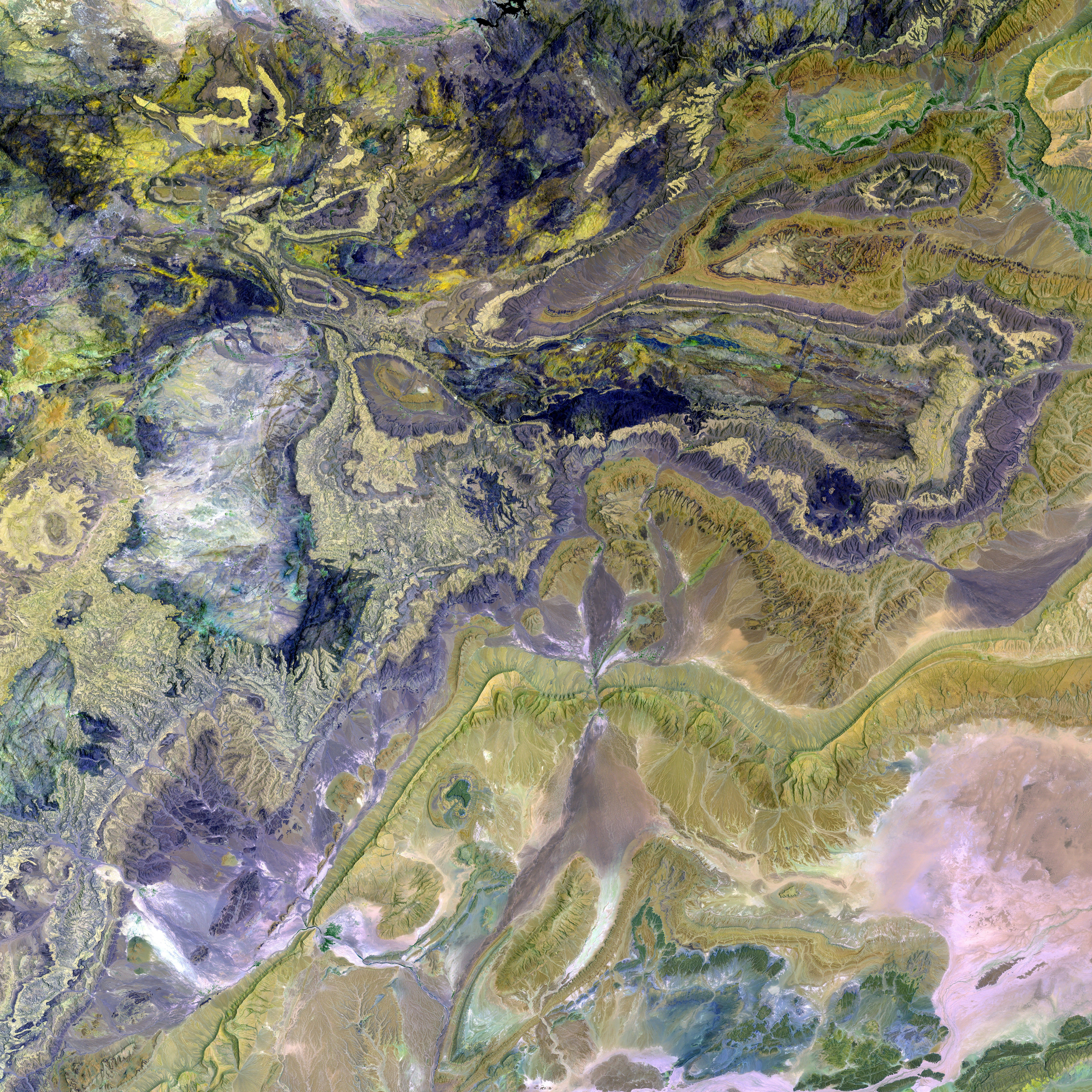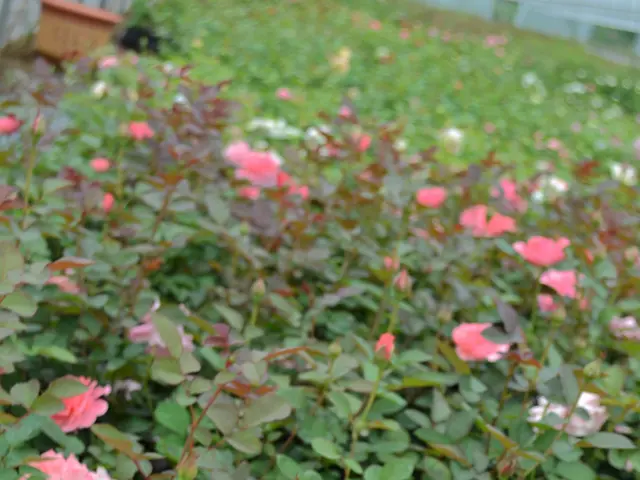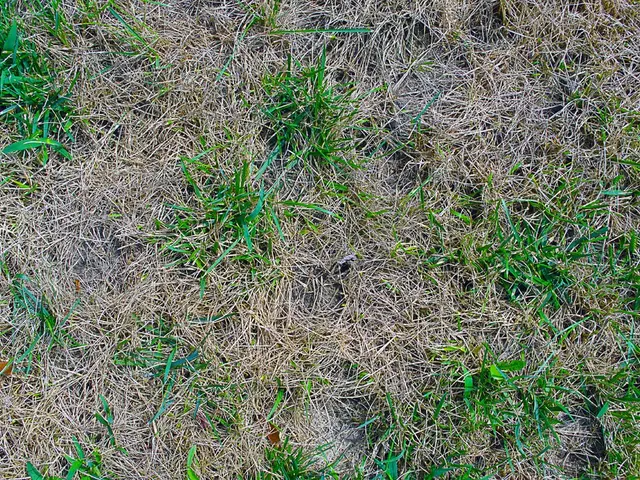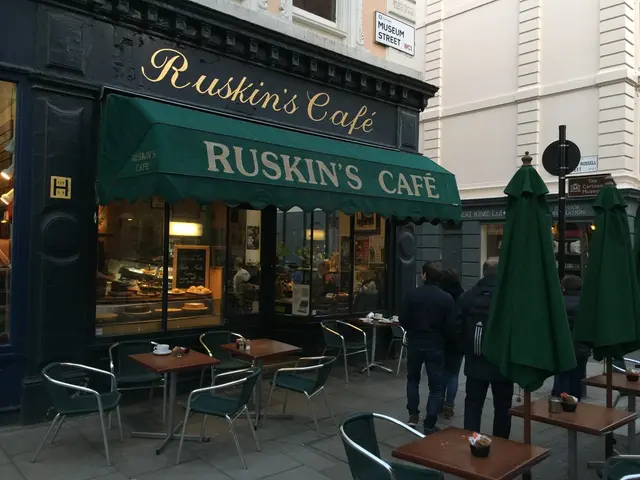Harness Your Hidden Talent: Daily Creative Exercises for Personal Wellness
The Connection Between Creativity and Self-Care
In contrast to the belief that creativity is exclusive to the talented, it is an innate ability within us all. It serves as a means to express emotions, digest experiences, and find solace in the act of crafting something unique and personal. Scientific studies have shown that engaging in creative pursuits such as painting, writing, or crafting can decrease stress levels, boost mood, and enhance overall well-being.
When we immerse ourselves in artistic endeavors, we enter a state of "flow," a meditative condition where time seems to stand still, and the mind is freed from restriction. This mindful state promotes self-awareness, lowers cortisol levels, and bolsters self-esteem - elements crucial for effective self-care.
Daily Creative Practices for Self-Care
To fully reap the benefits of creativity and enhance self-care, consider incorporating these practices into your daily routine:
- Morning Pages: A Mindful Writing Ritual
Originated by Julia Cameron's The Artist's Way, morning pages involve writing three pages of unfiltered thoughts each morning. This exercise clears mental clutter, uncovers recurring thoughts, and sparks ideas.
To practice:
- Set aside 15-20 minutes daily.
- Write without focus on grammar, structure, or readability.
- Let thoughts flow naturally, whether it's daily plans, worries, or random musings.
- Doodling and Sketching: Embracing Imperfection
No artistic expertise required to enjoy the joy of drawing. Simple doodles and sketches prompt brain stimulation, improve focus, and offer a calming effect.
To practice:
- Keep a small sketchpad or notebook handy.
- Spend 5-10 minutes creating abstract patterns, shapes, or simple illustrations.
- Use this practice as a warm-up to more involved creative projects or as a stress-relief activity during breaks.
- Journaling Through Art
Art journaling unites visual art and written words, offering a dynamic platform to explore feelings. Useful for individuals who struggle with conventional journaling.
To practice:
- Employ mixed media like paints, pens, and collage materials.
- Create pages that reflect your current emotions or experiences.
- Incorporate colors, textures, and words that resonate with your feelings.
- Photography Walks
Photography cultivates mindfulness, encouraging awareness of surroundings. Whether capturing sunlight through leaves or intricate patterns on a sidewalk, photography encourages finding beauty in the commonplace.
To practice:
- Use a smartphone or camera.
- Go on short walks and photograph things that catch your eye.
- Experiment with perspectives, lighting, and angles to uncover familiar places in a new light.
- Cooking as a Creative Act
Cooking is a sensory experience that merges creativity and utility. Trying new recipes or experimenting with ingredients turns ordinary meals into artistic masterpieces.
To practice:
- Explore recipes from diverse cuisines or create fusion dishes.
- Present your meals aesthetically.
- Approach cooking as a mindful activity rather than a chore.
- Music and Movement
Music taps deeply into emotions, while movement adds a physical dimension, releasing endorphins and easing tension.
To practice:
- DEDICATE A few minutes every day to listening to or playing music.
- Dance freely to your favorite tunes, focusing on the emotions evoked.
- Compile playlists that reflect your current mood or inspire relaxation.
- Crafting and DIY Projects
Crafting yields tangible rewards, cultivating patience and a sense of accomplishment. Beginner-friendly activities like origami, embroidery, or small decor item assembly are ideal starting points.
To practice:
- Begin with crafts that suit your skill level.
- Allocate a few minutes daily to a project.
- Celebrate the process, not just the end result.
- Mindful Coloring
Once thought of as an activity for children, mindful coloring has gained popularity among adults as a relaxation tool. The repetition of coloring intricate designs promotes focus and reduces anxiety.
To practice:
- Use adult coloring books or print free templates online.
- Select colors based on how they elicit feelings.
- Schedule evening coloring sessions to wind down.
Cultivating a Creative Mindset
Adopting creative practices requires a shift in mindset:
- Let Go of Perfection: Creativity flourishes through experimentation. Fear of imperfection should not hinder starting.
- Set Realistic Goals: Establish achievable objectives for daily practices rather than daunting projects.
- Create a Dedicated Space: Designate a space, no matter the size, for creativity.
- Celebrate Progress: Focus on the joy of the process, rather than just the final product.
Embrace your artistic side by incorporating creative activities into your daily routine and transforming self-care into a fulfilling journey.
- To further enhance overall well-being and self-care, one can engage in daily creative pursuits like cooking as a creative act, making it a point to explore new recipes or experiment with ingredients when preparing meals.
- When embracing the joy of drawing, one can engage in doodling and sketching during breaks or as a warm-up to more involved creative projects, which promotes brain stimulation, improves focus, and offers a calming effect.
- For those who find conventional journaling challenging, art journaling unites visual art and written words, offering a dynamic platform to express feelings through mixed media like paints, pens, and collage materials.
- In incorporating creative practices for self-care, it is essential to adopt a mindset that celebrates progress, focuses on the joy of the process, and lets go of perfection to foster experimentation and growth in creativity.
- Travel can also provide an avenue for creativity, as photography cultivates mindfulness, encourages awareness of surroundings, and invites finding beauty in the commonplace, whether capturing sunlight through leaves or intricate patterns on a sidewalk using a smartphone or camera.








